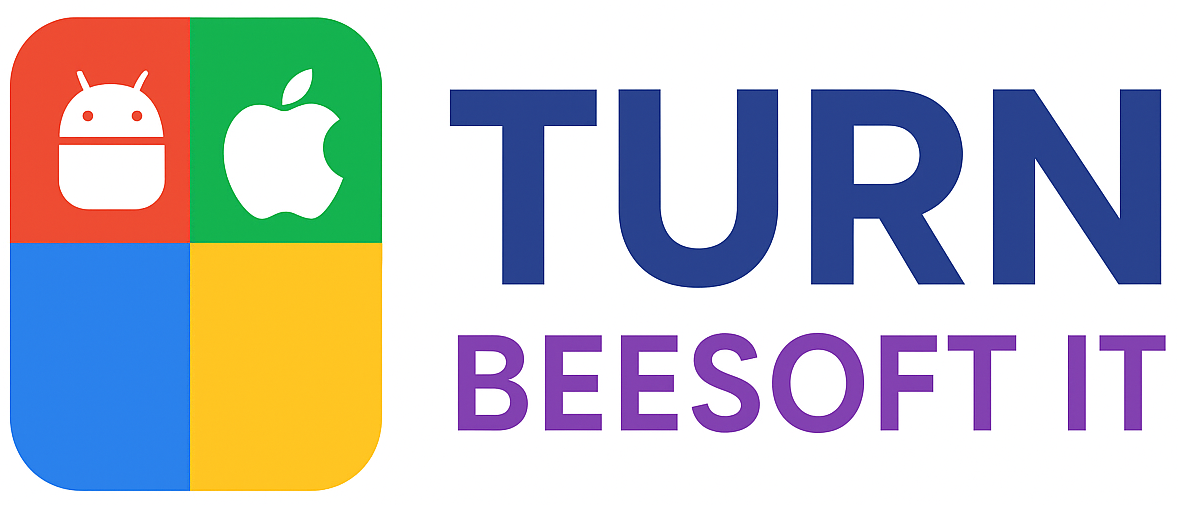The capability to transfer video files from iOS-based devices to those operating on the Android platform addresses a fundamental need for cross-platform communication in a diverse mobile ecosystem. A common scenario involves an individual using an iPhone who wishes to share a video recording with a friend or family member who uses an Android smartphone.
Facilitating straightforward and reliable video sharing between disparate operating systems is important due to the pervasiveness of both iPhone and Android devices. Historically, this process has presented challenges due to differing file formats, messaging protocols, and ecosystem restrictions. Overcoming these obstacles enables seamless content distribution, improving user experience and fostering broader communication across different mobile platforms.
